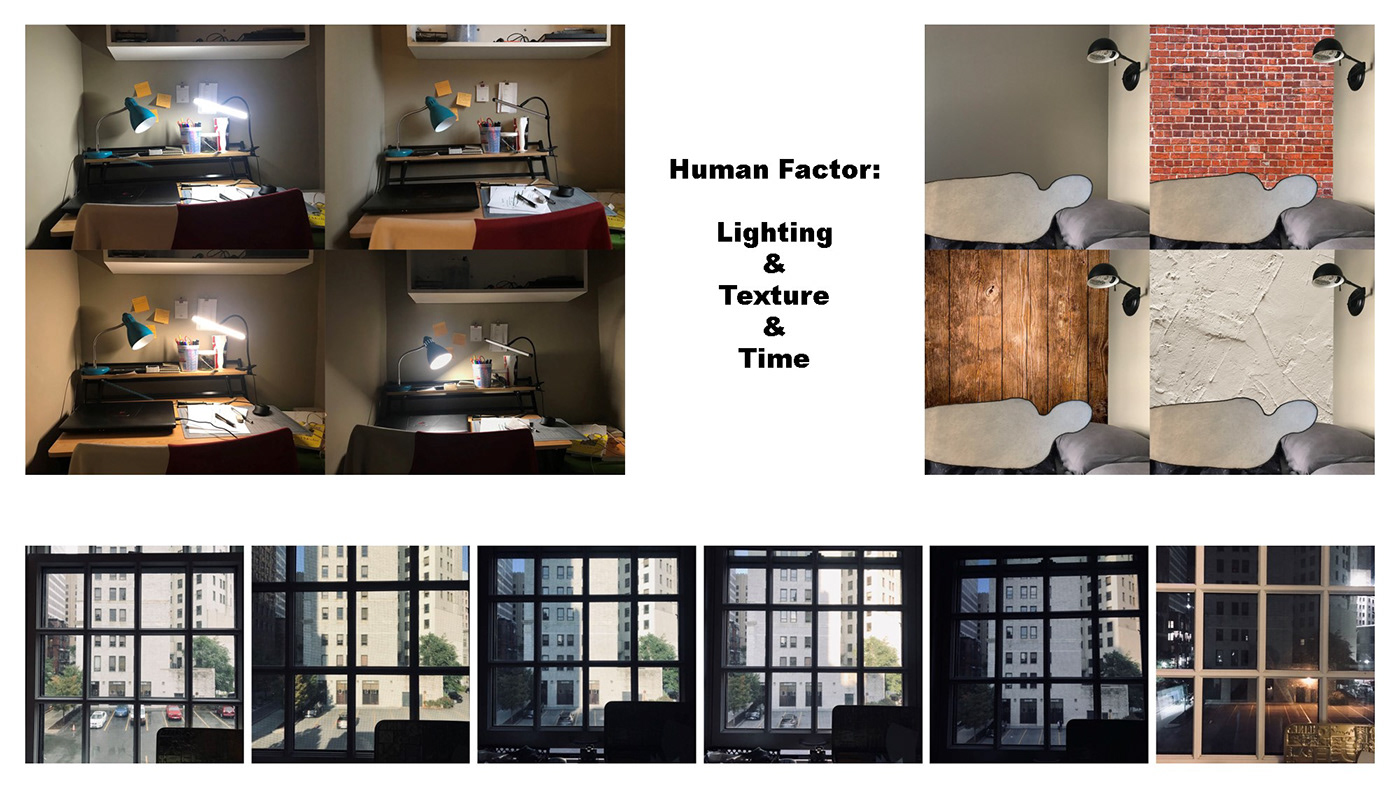

By casting the dynamic volume that is created by all the moving mechanisms(cabinets, drawers, toilet...), it shows how the spatial quality is influenced by these flexible elements and transforms into a new form

After disassemble the Arcade apartment into 6 units possessing different functions, I casted the void space encompassed in each individual part and layered them with respect to specific body dimensions of people doing different activities. It shows how people interact with each part of space differently


By extending the central aisle which does not have definite function, it becomes the timeline that connects every functional block. Moving through this long perspective corridor, one can experience the standard daily life experience of mine.
I do different activities for different time, some of them are much longer that the others(studying >> eating). Therefore, I set up this column order representing different units of time to prevent the whole structure from out of scale, and the column order meanwhile endows different spatial qualities corresponding to different life affairs.

The entrance and restroom cube represent the random activities(using toilet, going out due to some emergent affairs). They are placed at the side sliding frame which allows them to move along the bars and be inserted into any spot along the timeline.


Further documented exploration of cognitive and sensorial experience when living in Arcade Providence






